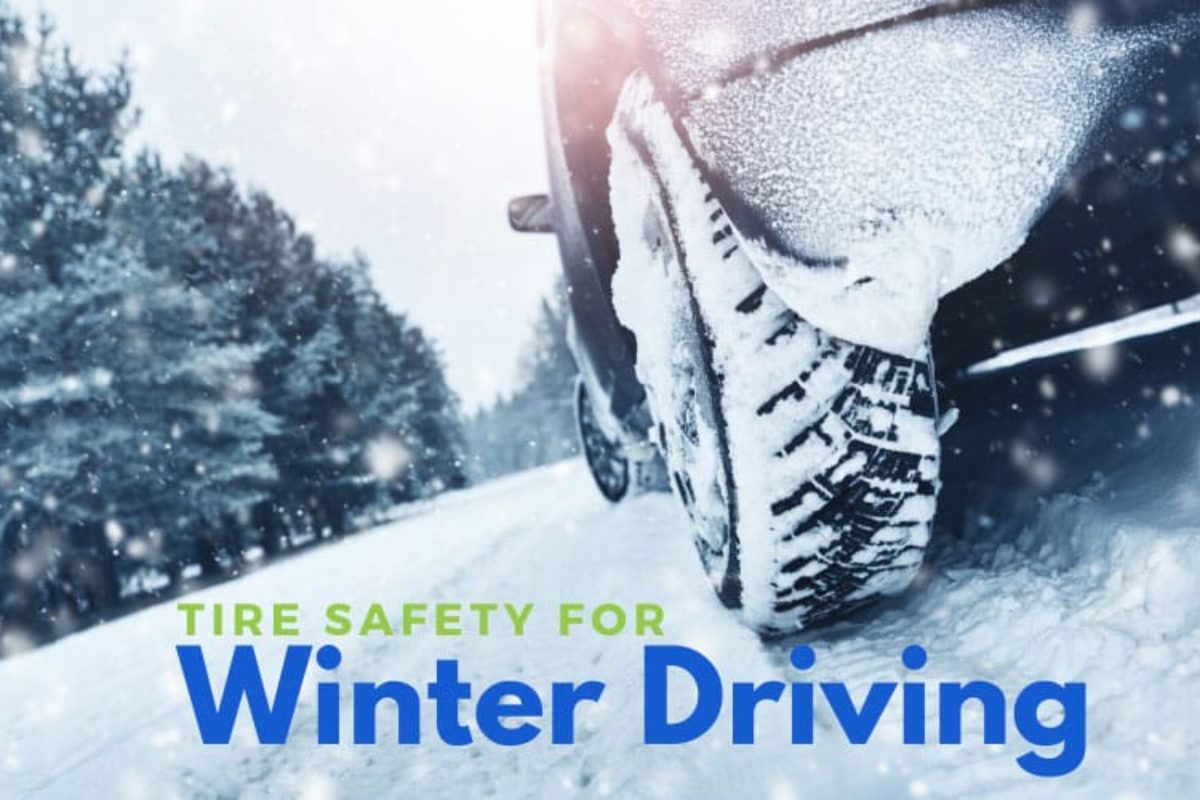Winter driving conditions have arrived for midwestern residents. Our Route Service Representatives at Huebsch must be prepared, as they are consistently on the road in order to meet our customers’ needs. Because of this, they are extremely knowledgeable about what it takes to stay safe on the roads this winter. One of the first things they will check are their tires. Here are some important tire safety tips for winter driving.
Tire Treads
Appropriate tread depth is extremely important for allowing tires to adequately grip wet and slippery roadways. Decreased tread depth will cause acceleration to fall by over 14% and stopping distances to increase by about 7% when compared to versions of the tires will full tread depth. A quick check of your tire treads can be done using simple coins. Place a penny head down in a tread groove. If the top of Abraham Lincoln’s head is barely covered or completely visible, your tires are worn out and you may want to think about replacing them sooner than later. When the penny is flipped around and the top of the Lincoln Memorial is covered by the tread, your tires should be effective on winter roads. If the same thing is done with a quarter and George Washington’s head is barely covered, your tires will offer you decent all-weather grip but may slide when conditions get especially slippery.
Tire Pressure
When the temperature drops, your tires lose pressure. Tires lose about 1-2 pounds per square inch (PSI) per every 10°F the temperature decreases. Low tire pressure can lead to increased stopping time, poor fuel economy, and decreased tire lifespan. In order to check your tire pressure, you’ll first need to know your recommended tire pressure. You can find this information either written in your owner’s manual or on a sticker attached to your door edge, glove box, or fuel hatch. Most of these numbers usually fall between 30-35 PSI. To check your tire pressure, you will need a tire pressure gauge, which can be found at most retailers. Unscrew the valve stem cap (little black or silver screw-cap on the rim of your tire) and use the pressure gauge. You shouldn’t assume all your tires are the same pressure, so make sure to check all the tires on your vehicle.
Checking your tires is only one step to safe winter driving. No matter the quality of your tires, safe driving habits are the #1 most important thing a driver can do to keep themselves and others safe. Next week, we will give you our Top 10 Safe Winter Driving Tips to remember when out on the roads this winter.


